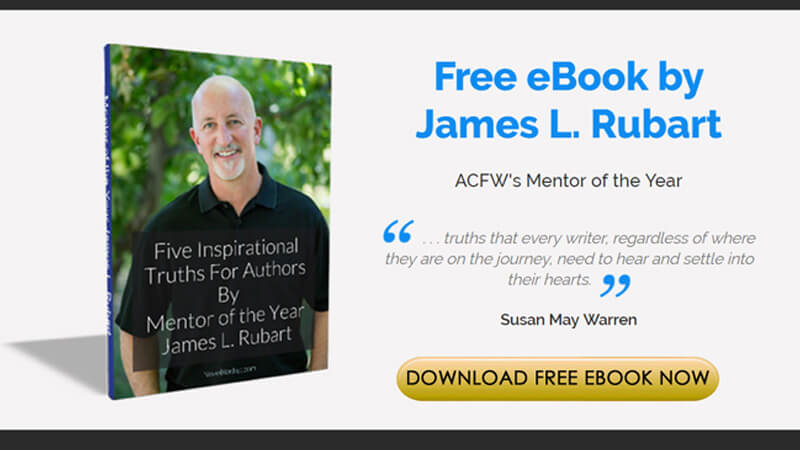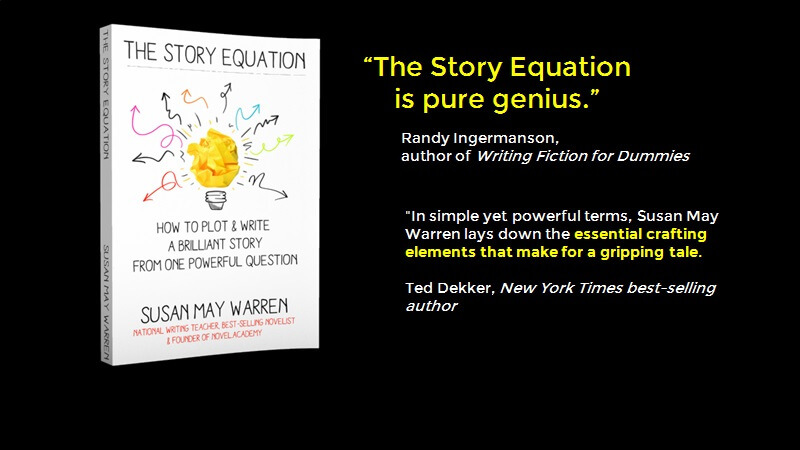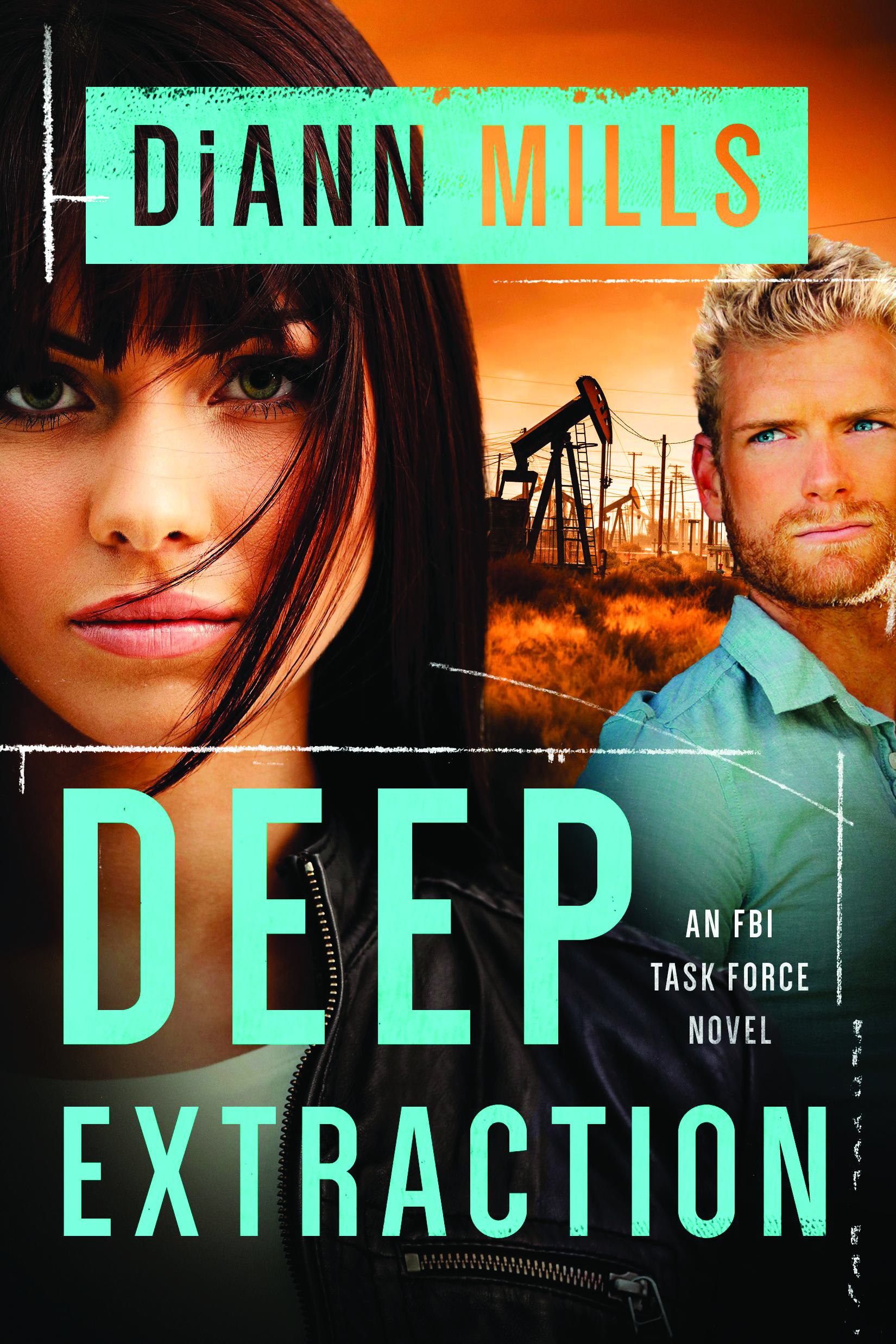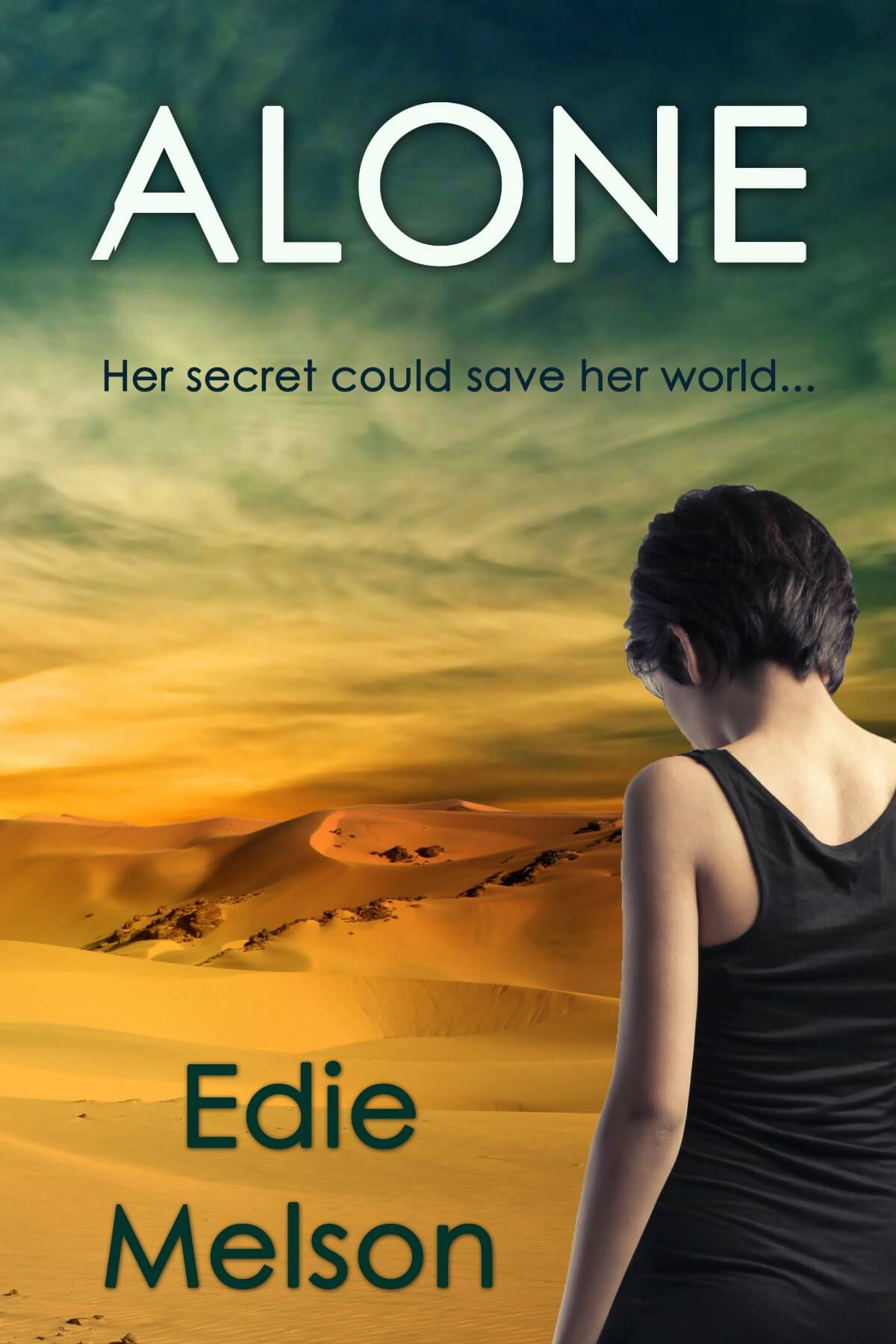By Michelle Griep
Marketing. Platform. Publishing. Grr. Grr. Triple grr. And that's not just my stomach making noise from the half-tub of Trader Joe's hummus I ate for lunch.
These three biggies—not the hummus—are important ingredients in a writer's life, but when you focus on them, they turn into giant, sucking leeches that drain the joy from putting words on paper.
I hate that.
Sometimes the push to get published is merely a status symbol . . .
"Oh, I've got fifty-three books under Harper Collins and seventy-two more contracted by Simon & Schuster. What's that? You're self-published? HAHAHA! What a loser!"
But really, do most garden-variety readers care what the imprint is on the title page? Not as long as the story is a killer. And that, my friends, is what writers should really focus on. No, really. Not kidding. So, how does one go about that?
3 Essential Elements of a Killer Story
1. Give the reader a character to root for.
Everyone loves an underdog, except for maybe Hitler. Not sure on that one. The thing is that everyone wants to be a winner, even vicariously through fiction. Or maybe especially vicariously through fiction. It's a lot less risky than real life.
2. Never, ever, stop the action.
Every sentence counts. You don't want readers skimming. Each sentence must either reveal a character aspect or advance the action.
3. Life is pain, princess.
No matter how much you or your readers love your characters, bad things must happen to them throughout the story, otherwise it's not much of a story, hmm? Not that the focus must be on doom and gloom, but when awful circumstances arise in the life of a character (or human, for that matter), it's a window to the soul of that person, revealing what's inside.
There you have it, boys and girls. Writing a killer story really is as simple as pounding your head against the wall, but hey . . . I never said it would be easy.
1. Give the reader a character to root for.
Everyone loves an underdog, except for maybe Hitler. Not sure on that one. The thing is that everyone wants to be a winner, even vicariously through fiction. Or maybe especially vicariously through fiction. It's a lot less risky than real life.
2. Never, ever, stop the action.
Every sentence counts. You don't want readers skimming. Each sentence must either reveal a character aspect or advance the action.
3. Life is pain, princess.
No matter how much you or your readers love your characters, bad things must happen to them throughout the story, otherwise it's not much of a story, hmm? Not that the focus must be on doom and gloom, but when awful circumstances arise in the life of a character (or human, for that matter), it's a window to the soul of that person, revealing what's inside.
There you have it, boys and girls. Writing a killer story really is as simple as pounding your head against the wall, but hey . . . I never said it would be easy.
Like what you read? There’s more. WRITER OFF THE LEASH: GROWING IN THE WRITING CRAFT is a kick in the pants for anyone who wants to write but is stymied by fear, doubt, or simply doesn’t know how to take their writing to the next level.
Michelle Griep’s been writing since she first discovered blank wall space and Crayolas. Follow her adventures and find out about upcoming new releases at her blog, Writer Off the Leash, or stop by her website. You can also find her at the usual haunts of Facebook, Twitter, or Pinterest.

























#3 is a good one and it's hard sometimes. Not only that, it messes with your plot. Okay, okay, I got it. Back to kicking the poor girl down the road.
ReplyDeleteMichelle, I love your witty writing. It makes the stories and blogs more memorable and entertaining.
ReplyDelete